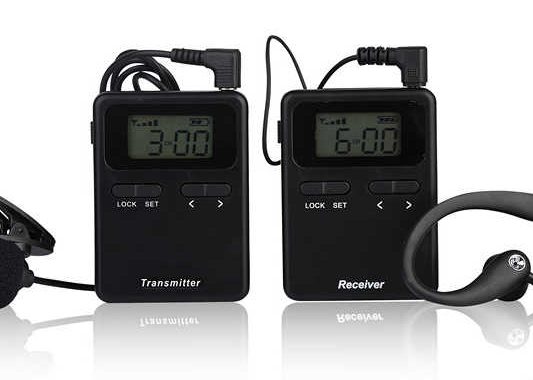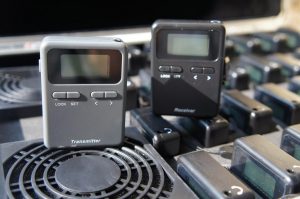Audio guide system
- Transmitter: In some cases, especially for guided tours led by a human guide, there may be a transmitter that the guide uses to send audio signals to the receivers.
- Receiver: The main device used by the listener. It is usually small and portable, allowing users to carry it around easily. Receivers can be in the form of dedicated devices or can be accessed through a mobile app.
- Headphones or Earbuds: To listen to the audio output from the receiver privately.
Uses and Benefits:
- Museums and Galleries: Visitors can use audio guides to learn about the history, significance, and details of artworks and exhibits. It allows for a self-paced exploration and provides in-depth information that might not be available through simple signage.
- Tourist Sites: At historical sites, nature reserves, and tourist attractions, audio guides offer explanations about the location’s features, stories, and cultural importance. This enhances the visitor experience and helps them understand the significance of what they are seeing.
- Language Accessibility: Audio guides can be provided in multiple languages, making it accessible to a diverse range of tourists. This is especially important in international tourist destinations.
- Flexibility: Users can start, pause, and replay the audio as per their convenience. They can also choose which parts of the tour or information they want to listen to, allowing for a personalized experience.
- Educational Purposes: In educational settings such as school trips or university field trips, audio guides can be used as a teaching tool to provide additional context and knowledge.


